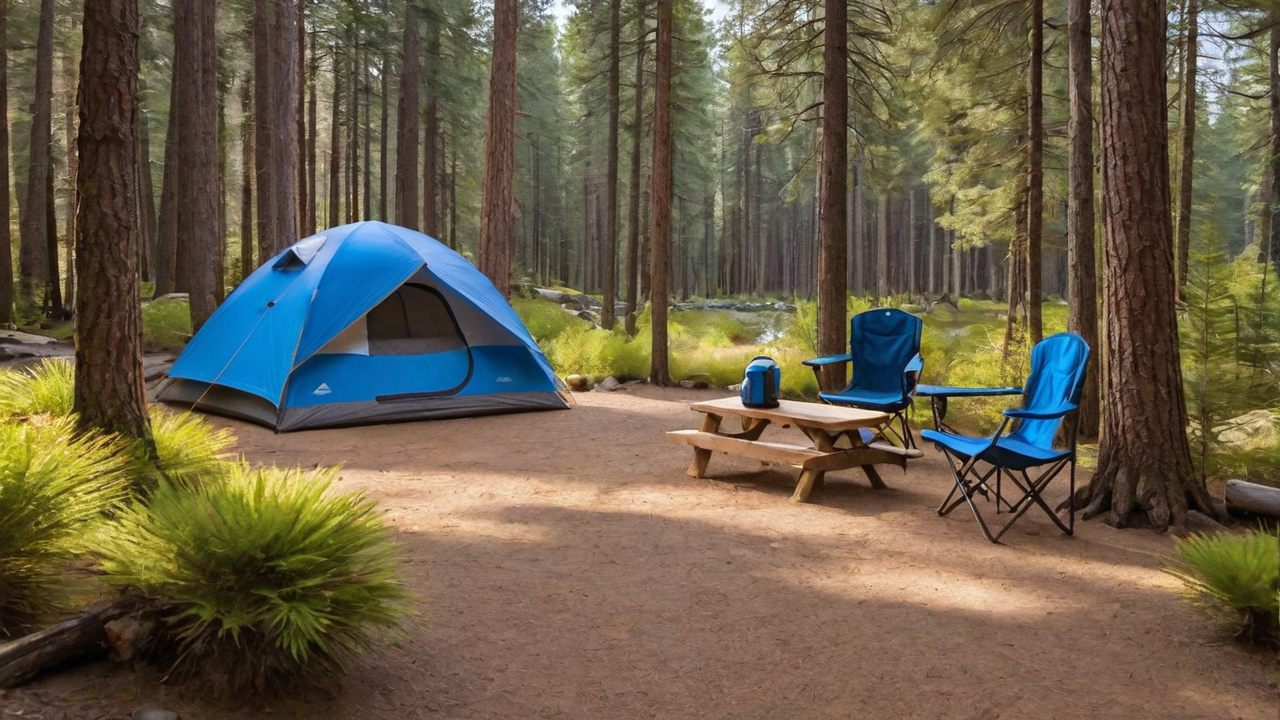Designing the Ultimate User's Experience: Design Guidelines for Campground Software
Designing the Ultimate User's Experience: Design Guidelines for Campground Software
Blog Article

Comprehending Your Audience
Understanding who your target users are essential in creating an effective user experience. It is essential to take into account the needs, preferences, and technology competence. This insight guides every designing decision, ensuring that your program becomes user-friendly and intuitive.
Understanding your audience likewise implies recognizing the challenges and how they intend to utilize the campground software. It allows the designers to tailor features and capabilities that address specific needs, therefore making your software not only useful but also essential.
Streamlining the Navigation
Streamlining your navigation is a major component of interface design. A intuitive menu system guarantees users can easily locate what they're looking for, reducing frustration and enhancing satisfaction levels. It's about making the experience inside the software as smooth and seamless as possible.
Additionally, effective navigation guides users through your software, highlighting functions and capabilities that they otherwise would miss. This an approach not only boosts usability but also encourages deeper interaction with the campground software's full array of capabilities.
Integrating Premium Visuals
Graphics have a crucial role in designing an engaging UI. They assist in breaking up text and can also demonstrate functions in a more effectively than words alone. Picking the correct images, symbols, and colors can greatly improve the appearance of the application, thus making it more appealing to the users.
Moreover, visual consistency is essential for establishing a strong brand identity and trust amongst users. Every element should be in alignment with the brand’s ethos and the overall mission of the software, creating a seamless experience that feels both polished and welcoming.
Improving Responsiveness
In the current online world, people expect camping software to be fully responsive on all platforms, from desktops to mobile phones. A responsive design ensures that no matter of the screen size, your application provides an uncompromised user experience. It not only increases usability but also caters directly to your users’ on-the-go lifestyle.
Furthermore, enhancing your software’s responsiveness could result in improved performance, minimizing the loading time and preventing frustration. Visitors appreciate a speedy and smooth experience when accessing camping software, making speed an component in user satisfaction.
Optimizing the Search
Searching for info quickly is crucial in any application, particularly in campground management. Optimizing the search feature permits visitors to quickly locate what they're searching for, which boosts user satisfaction and efficiency. Through advanced search capabilities, you can reduce user frustration and improve overall satisfaction.
Furthermore, complex search features like filters and tagging can aid in narrowing down results, making the search process even efficient. Implementing these functionalities demonstrates an understanding of your user’s needs and a commitment to enhancing their interaction with the campground system as seamless and productive as possible.
Prioritizing Security
Protecting user information is always a top priority when coming to designing campground programs. Users need to be safe when inputting their private information. Ensuring strong security measures not only secures the data but also builds trust between the customer and your company.
In addition to standard protections like passwords and data encryption, consider implementing additional options such as two-factor authentication or biometric security verification. Such features provide additional layers of security, ensuring that customer data is held safe from unwanted access.
Leveraging Feedback
Feedback is crucial for ongoing improvement of any campground software. It allows the developers to grasp what is working, what doesn’t, and how the software can be bettered to better meet user expectations. This type of feedback creates an open dialogue between your users and your development team, making them feel they are actively a part of the product's journey.
Taking this feedback into account can lead in significant improvements in UI designs and the overall user experience. Implementing changes based on real input shows that the brand listens to its customers and is dedicated to providing a top-notch product.
Maintaining Simplicity
Among UI design, the principle of simplicity is key. An unnecessarily complicated UI can confuse users, leading in an negative user experience. Simplicity, on the hand, makes the software more intuitive and user-friendly. It encourages greater user engagement and satisfaction.
Additionally, maintaining simplicity should also apply to your software’s content and functionality. Avoiding superfluous functions that do not contribute real value can help ensure that the UI remains clean and focused on the essential needs of your users. By doing click here so, you can design a more streamlined and efficient user experience that resonates with the audience.
Report this page